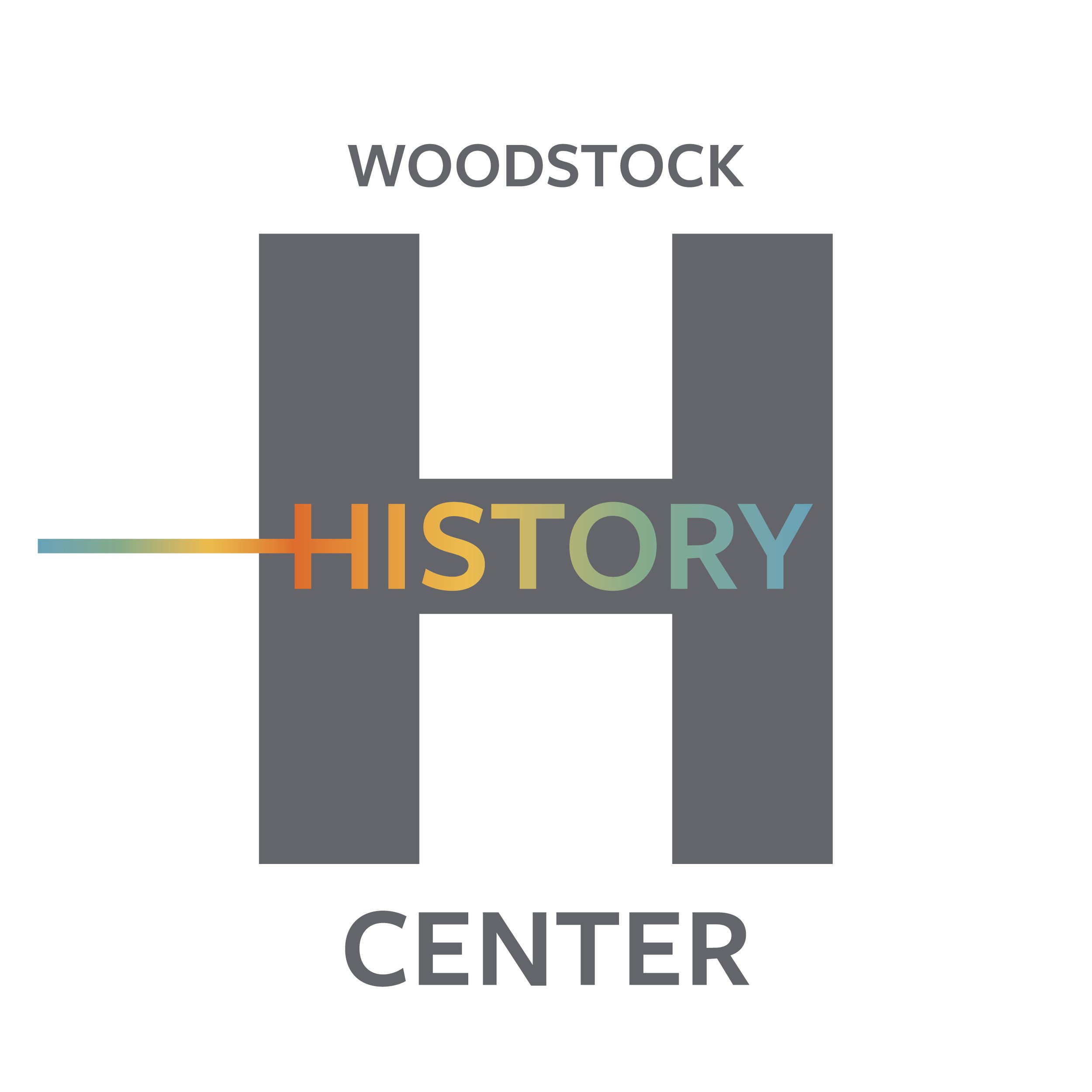Columbus Day celebrations were prolific in the United States in 1892. The most famous of the celebrations was the Columbian Exhibition in Chicago, which was dedicated in October of 1892 but officially opened in 1893.
The following are excerpts from the October 1892 Vermont Standard that reference the local festivities in Woodstock:
"Nothing in the expectation of the executive committee of the most sanguine citizen exceeded the actual results in Woodstock's celebration of the peerless Italian navigator's unparalleled discovery. In the early morning the business places and private residences in the village began to don their holiday attire, and long before noon the lively colors of the American, Italian and Spanish national standards were everywhere displayed, giving the town an appearance of hearty festivity. In these decorations nearly all the business men joined, as well as very many other citizens, and there were numerous displays both elaborate and beautiful."
"In the forenoon the exercises were confined to the schools, where a good number of townspeople gathered to witness and hear them."
"Before twelve o'clock the streets were lined with people from out of the village, and teams were everywhere; but the number steadily increased until after one, when Chief Marshal E.P. Tewksbury, with Chas. R. Marcy and Wm. H. Bradley as aids, began to organize the procession, which, when the word was given, marched from the Town Hall up South Park street to the Episcopal Church, thence down North Park and Central, up Pleasant and Elm, to the Town Hall again, in the following order:
1. E.P. Tewksbury, chief marshall; Charles R. Marcy and Wm. Bradley, aids.
2. Squadron of Mounted men, Capt. Wilson.
3. The Woodstock Cornet Band.
4. George C. Randall Post, G.A.R., H.H. Woodbury commander.
5. Landeau carrying Revs. McMillan, Simmons, Clapp and Fry, and Dr. Boynton.
6. Carriages with Distinguished citizens.
7. Drag carrying Teachers of Public Schools.
8. Public School Scholars on foot and in teams.
9. Large Wagon with thirteen Young Ladies, representing the Thirteen Original Colonies.
10. Boat-load of Aboriginal Indians.
11. Hook and Ladder Company, with their apparatus.
12. Carriages with Citizens.
Such spectacles as that are rarely witnessed in towns of Woodstock's size, and the like of it in some respects will never be witnessed here again."
Excerpts from The Vermont Standard, October, 1892

